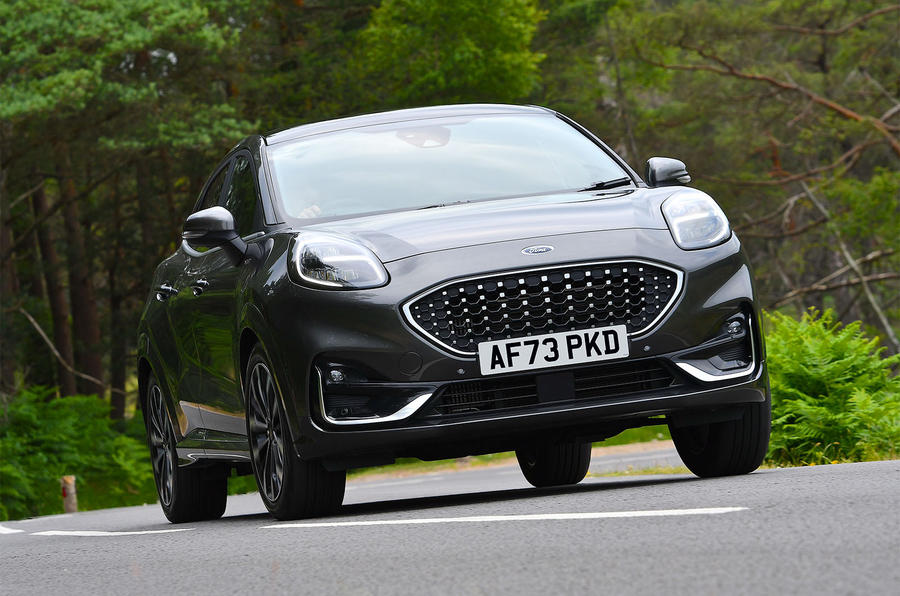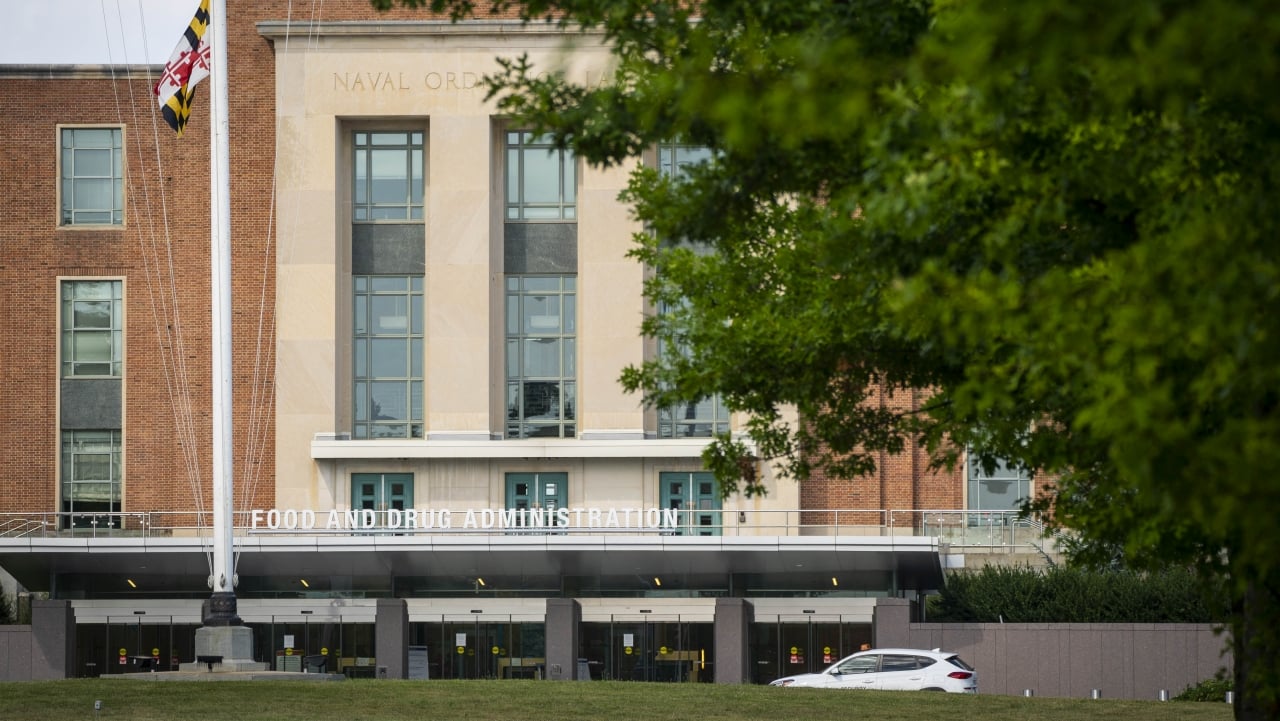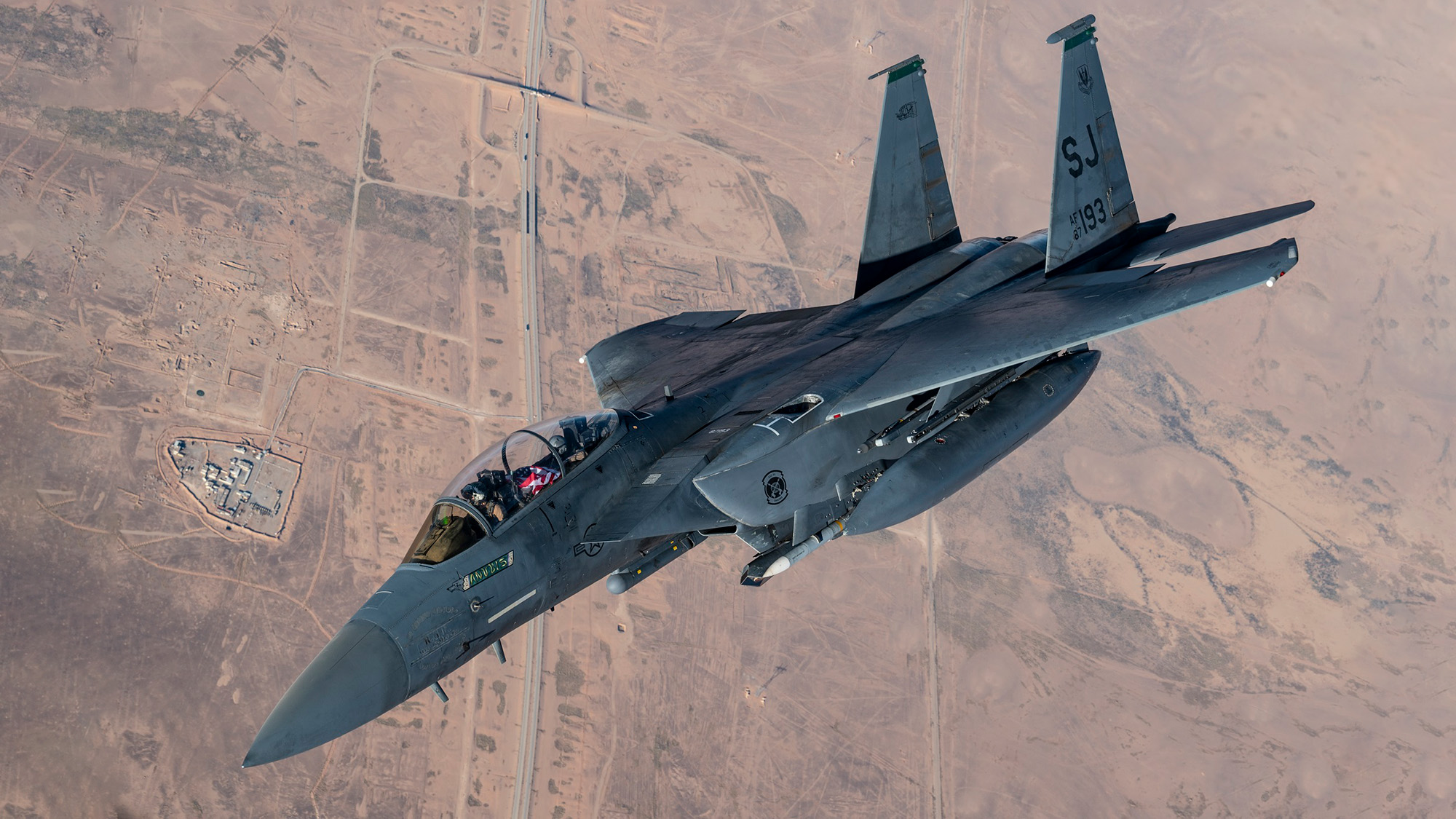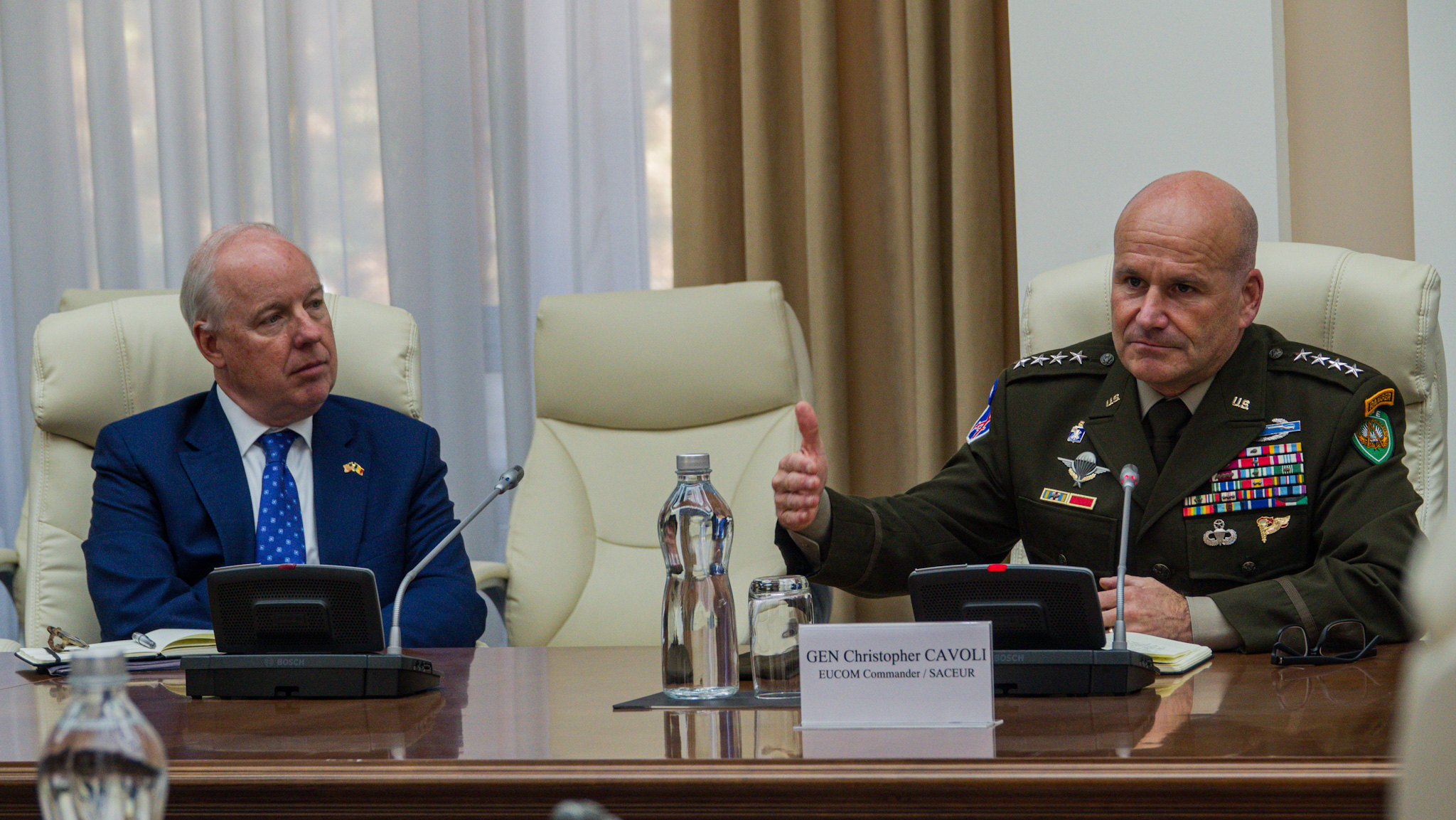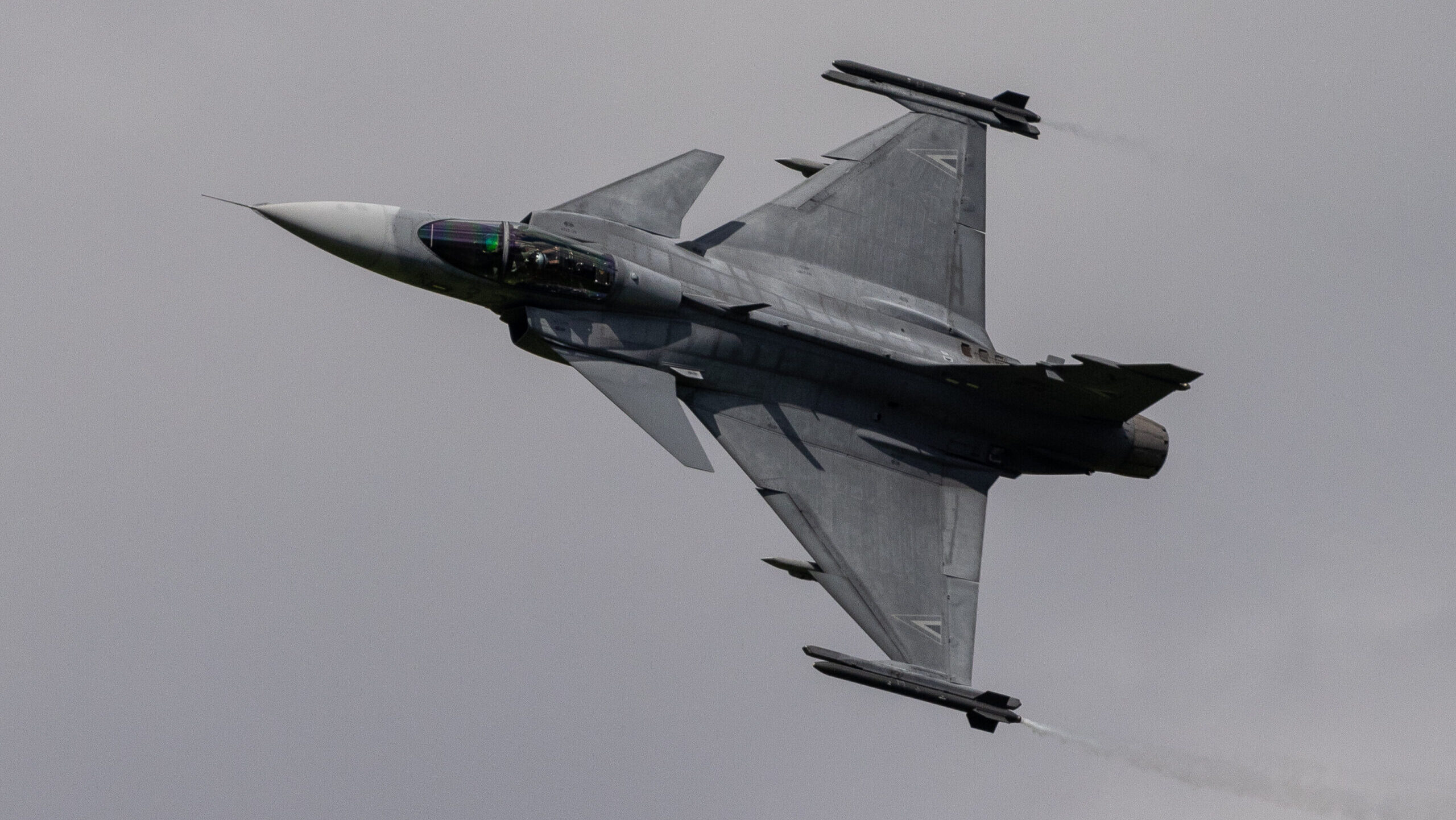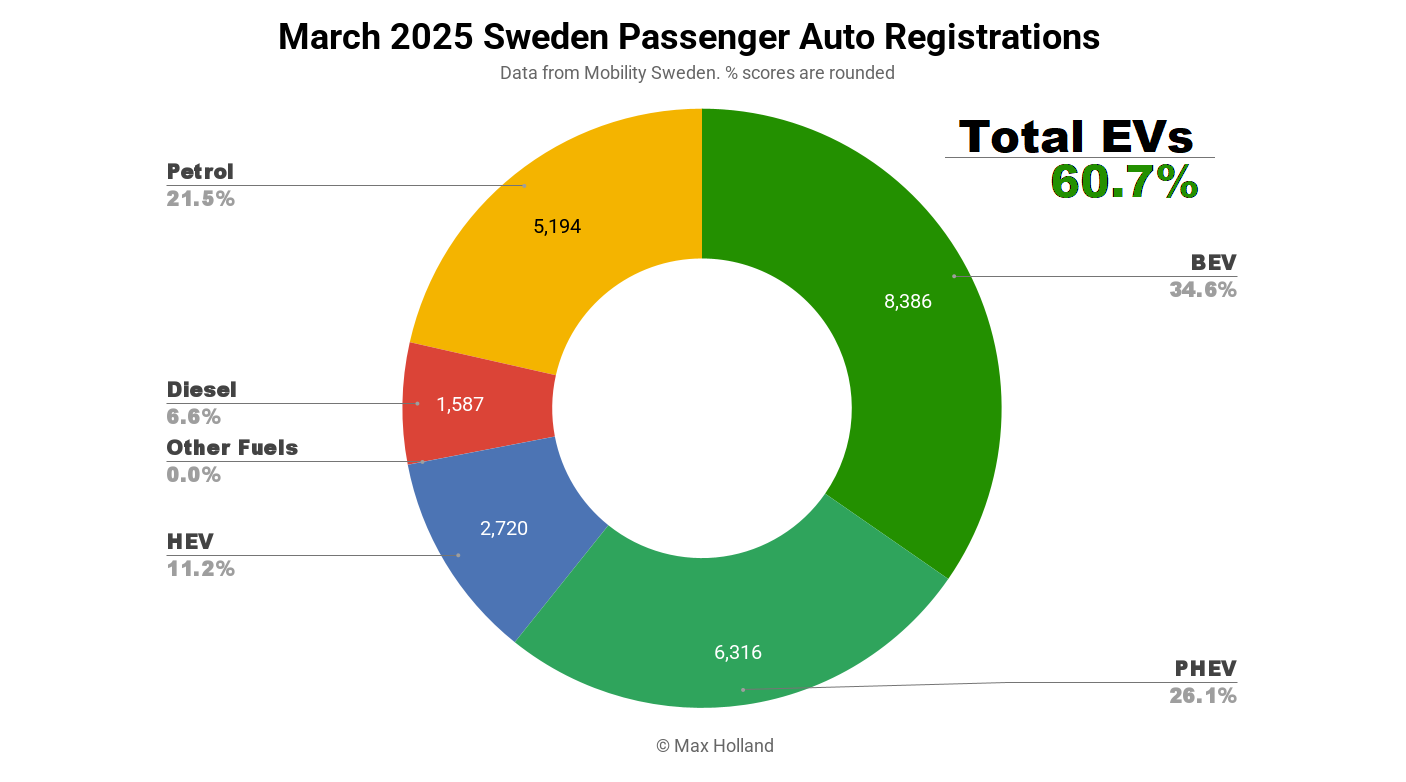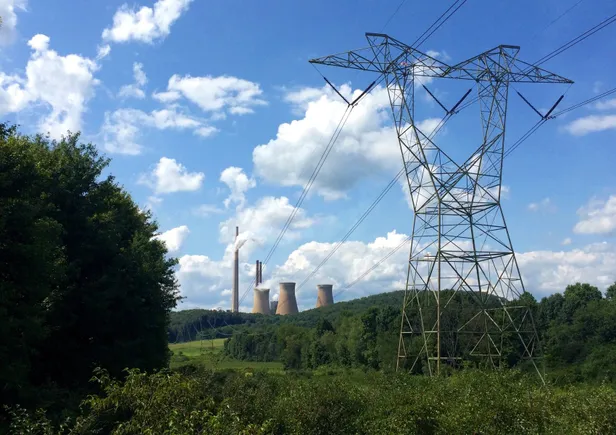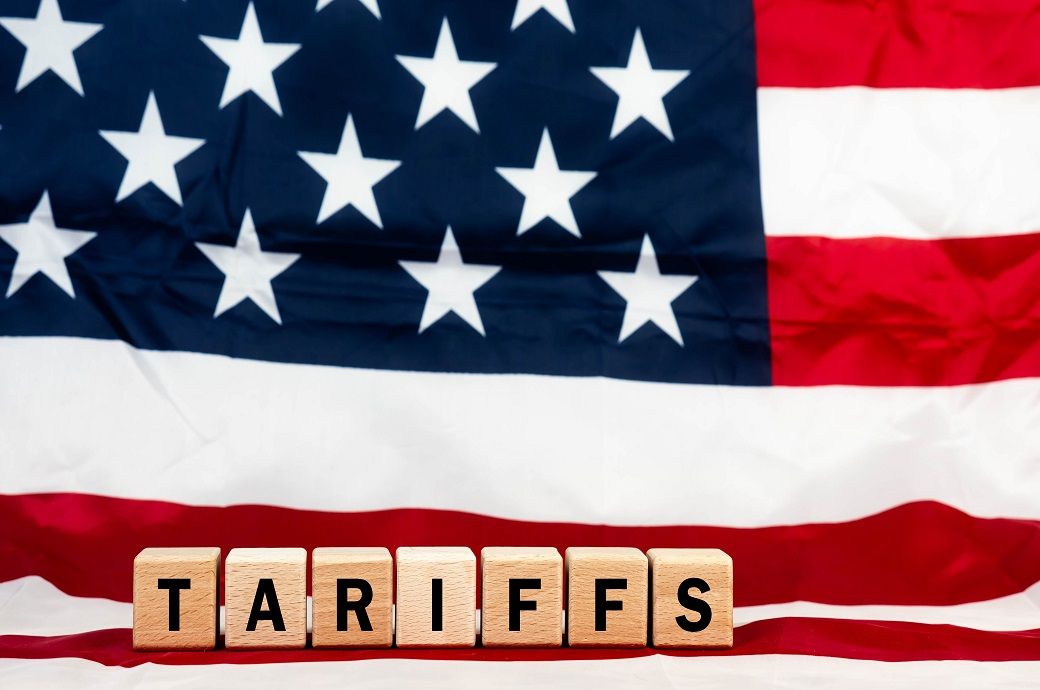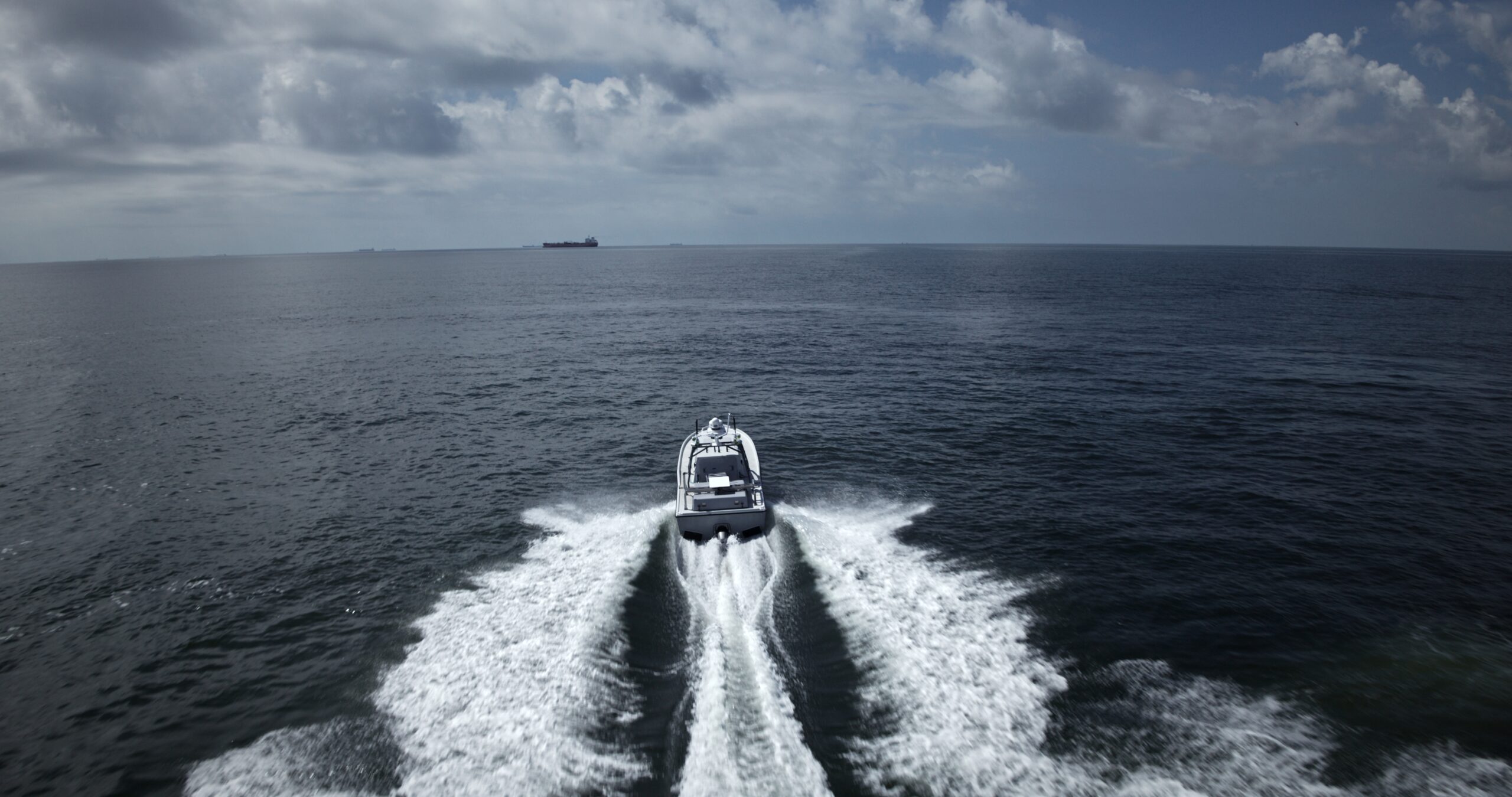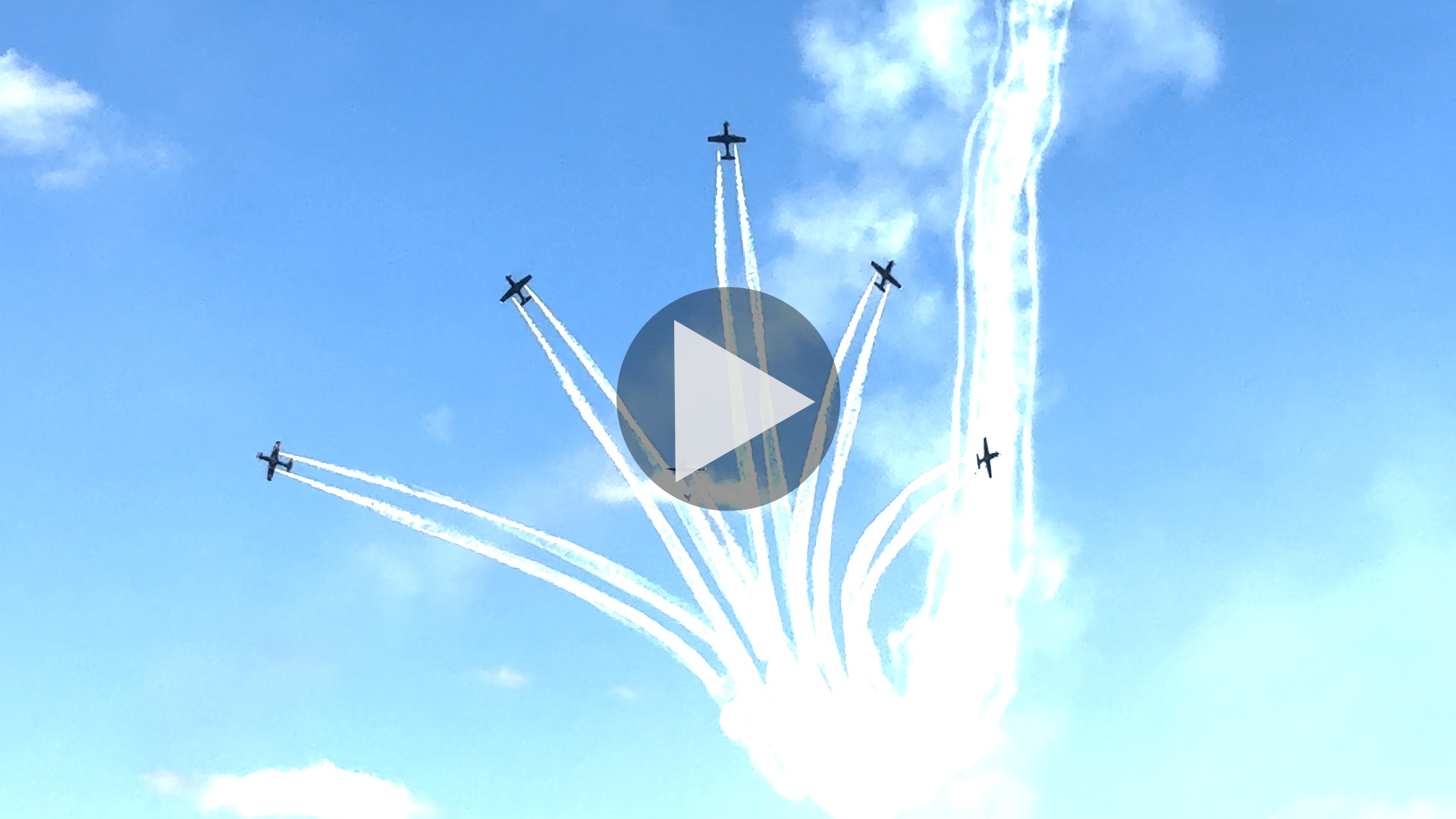Australia, Canada should build out polar partnership
In light of Canada’s recent purchase of JORN from Australia, Elizabeth Buchanan writes in this op-ed that the two nations should continue to foster a polar partnership.
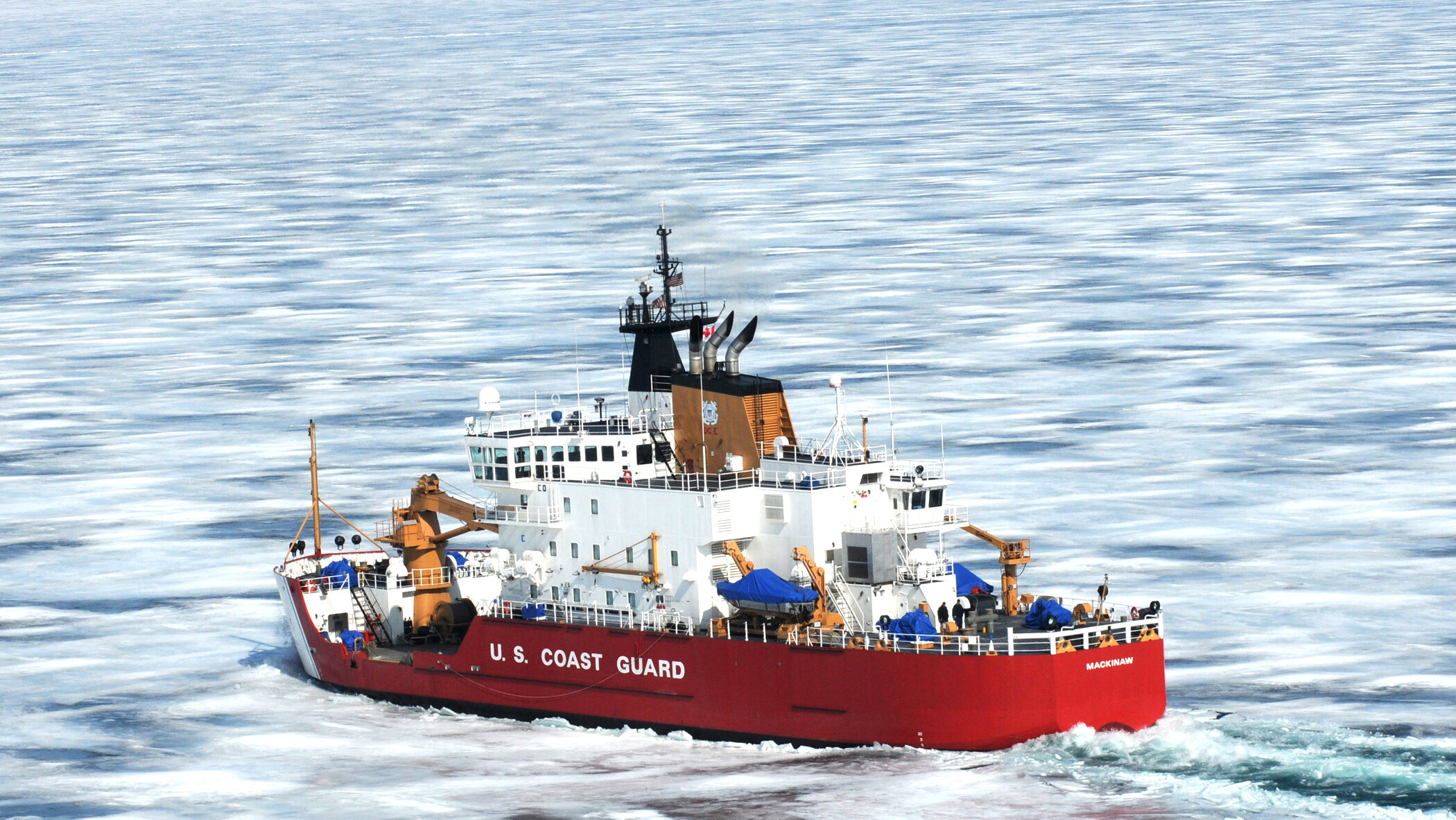

U.S. Coast Guard Cutter Mackinaw breaks ice in Whitefish Bay, Mich., in support of Operation Spring Breakout, March 16, 2009. Spring Breakout encompasses northern Lake Michigan, northern Lake Huron, the St. Marys River and helps facilitate the spring shipping season in the Great lakes. (U.S. Coast Guard photo/Petty Officer 3rd Class George Degener)
Canada is set to purchase Australia’s Jindalee Operational Radar Network (JORN), an over-the-horizon radar system. The sale is being billed as Australia’s largest defense export ever, and a new tie between the two nations — a fair description for the deal.
But that can’t be the end of it. To truly capitalize on this deal, Ottawa and Canberra should follow up with a new polar partnership.
Australia and Canada are two fellow polar powers. Each have vital national interests in the Arctic and Antarctica. And yet, from burden-sharing to asset pooling, Ottawa and Canberra continue to overlook their mutual polar interests.
A partnership makes sense on a number of levels, but as geopolitical tension redefine the polar theatres, there is now a sense of urgency. By way of geography, each nation leads at either end of the earth. But they share the security challenge posed by a rising China with ever-expanding polar capabilities.
In the North Pole, both nations have sovereign rights to economic development on Svalbard, by way of the Svalbard Treaty. Both have a stake in the effective and lawful operation of UNCLOS in Arctic Ocean; monitoring Chinese activity and commitment to fisheries agreements like the Central Arctic Ocean Fisheries Ban is a further shared interest. Global commons are just that — global.
Canada, as an Arctic-rim state, has obvious territorial and national security interests: Some 40 percent of Canada’s territory is above the Arctic Circle, and 70 percent of its coastline front the Arctic. Australia’s Arctic interests are less obvious to most, but largely boil down to mineral rights. Australian-based critical resource firms (like Greenland Minerals) are operating throughout the region. One of the only approved mineral exploitation permits in Greenland is held by an Aussie company.
More broadly, the Arctic holds applicable lessons for Canberra’s sovereign interest in Antarctica — where Australia claims 42 percent of the continent. Patterns of geostrategic behavior in the Arctic, and of Beijing’s emerging polar identity, offer incredible insights into what might come in the Antarctic.
A joint diplomatic agreement between Canberra and Ottawa could also help strengthen each nation’s position in multi-national bodies relevant for the region.
The Arctic Council used to adequately facilitate intragovernmental engagement on regional affairs. While strategic or military issues were necessarily beyond the remit, the Arctic Council enabled a climate of ‘low tension’ for many decades. Now, environmental changes are manipulating the monsoon season in Asia, and new trade routes opening in the Arctic will impact the economies of Southeast Asia. Both shifts have direct impact on Australian security.
Australia should follow the steps of Singapore, South Korea, China, the United Kingdom, and India, to request Council observer status. All are non-Arctic states by virtue of geography, yet all have intrinsic security interests tied to the Arctic. Australia could use Canadian support to get a seat at the Arctic table.
In the South Pole, shared interests are now rapidly emerging. Just last week, Canada marked its first ever deployment to Antarctica. Ottawa’s naval commander underscored the significance of the expedition to “serve to strengthen Canada’s polar security.” He went further, to do what Australian officials continue to avoid, to state he is “concerned that the whole agreement that we would not [militarize and mine Antarctica] … would, could change.”
Vice-Admiral Topshee is referring to the 1961 Antarctic Treaty. Australia is an original signatory with consultative status; essentially, Canberra has a vote in the management of the Antarctic continent, as well as a territorial claim to 42 percent of it.
Canada, in turn, has no claim and is a non-consultative member of the Antarctic Treaty, something it has been trying to change since 2021. To achieve consultative status, Ottawa must illustrate significant scientific research records and intent. However, the existing 29 consultative parties (inclusive of China and Russia) must agree to admit Canada. Consensus is proving to be consistently elusive.
Ottawa needs vocal support from Australia to assist in shaping the discourse within the Antarctic Treaty community. An agreement between the two countries could help strengthen Canada’s case for consultative status. (Belarus, another state waiting in the wing to gain consultative status, has received active support from its partner Russia in its goal.)
Putting aside larger geopolitical pressures, there are straightforward capability gains apparent in a formal polar partnership.
Despite its polar identity, Australia has woeful icebreaking capability, with just a sole icebreaker, Nuyina, meant to stretch across a litany of tasks from research to rescue to resupply.
Last year, Canberra lost its “back-up” rental icebreaker (Aiviq) to Washington in the midst of the US scrambling to bolster her own icebreaking capacity. Hence, icebreaker building, as well as polar asset pooling and sharing is an obvious opportunity for Canada and Australia.
Australia is notably not part of the recent ICE Pact struck by the US, Canada and Finland. The Icebreaker Collaboration Effort (ICE) intends to “uphold international rules and maintain security in the Arctic and Antarctic regions.”
That is certainly of Australian national interest too. Indeed, when it comes to Antarctica — protecting her sovereign territory is arguably a vital national interest. ICE Pact is a door Australia must be knocking on, and having an agreement in place with Canada would help make it happen. (And if the Trump administration kills ICE Pact, Australia could, in theory, take on some of that purchasing role.)
Intelligence sharing at the poles is likely well-established. However, the Five Eye nations should be put on ‘war footing’ when it comes to the polar maritime environment. Domain awareness
Such vessels will no doubt soon arrive in the North Pacific and North Atlantic Arctic theatre.
Of course, there is no easy way to get to the Antarctica, so having a base of operations as close as possible is important. Australia’s Antarctic “gateway” city, Hobart, is celebrated for hosting of many national Antarctic programs over time — from China to South Korea, Germany to France. Russia, too. Canada opted for Chile on its maiden Antarctic endeavor, signing several MOUs to further collaborate with Chile on Antarctic affairs, and to base its Antarctic logistics program for the next decade. This is a missed opportunity for Australia and Canada.
A polar strategic partnership would see Ottawa utilizing Australia as a gateway to Antarctica. Economic benefit for Australia aside, both nations would be able to asset-share icebreakers and pool their polar research capabilities for research, scientists and defense and national security interests.
Underscoring and celebrating Australian innovation and defense capability is important, but Canberra should not stop here. The government must lean into this deal to strike a meaningful partnership across the wide array of polar security and defense interests shared by Canada and Australia. If handled correctly, JORN should be just the beginning.
Dr. Elizabeth Buchanan is senior fellow at the Australian Strategic Policy Institute (ASPI). Views are her own. @BuchananLiz



















